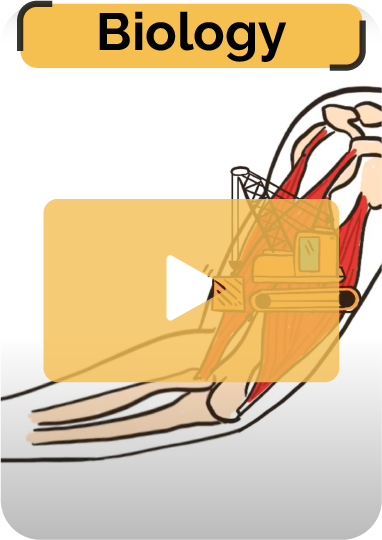Biology
Anatomy & Physiology 1st Edition solutions
Author: Kelly A. Young, James A. Wise, Peter DeSaix, Dean H. Kruse, & 6 more
Publisher: OpenStax College
ISBN: 9781938168130
Buy the book
Select Chapter:
